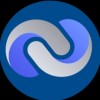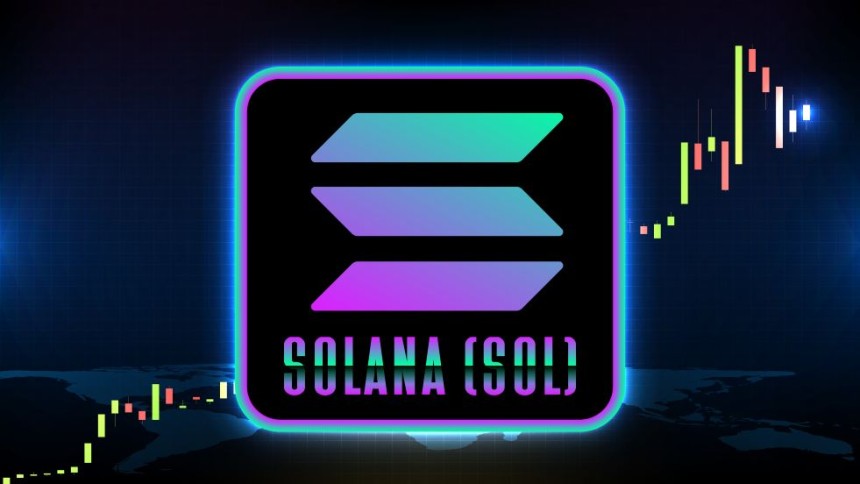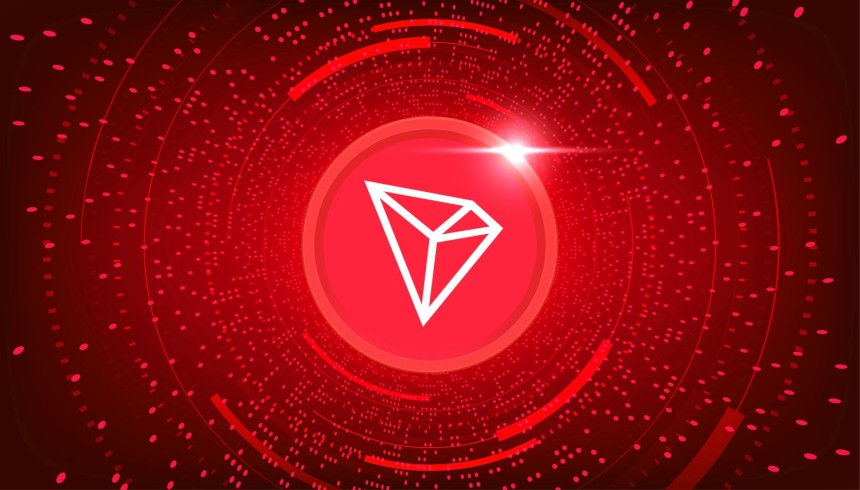
What is Ethereum (ETH)?
Ethereum represents a decentralized, open-source blockchain platform that incorporates its own cryptocurrency, Ether (ETH). Serving as a foundation for a multitude of other cryptocurrencies and the execution of decentralized smart contracts, Ethereum has established itself as a pivotal player in the blockchain ecosystem.
Featured Coin: Solana (SOL)

The concept of Ethereum was first articulated in a whitepaper published by Vitalik Buterin in 2013. Following this, Buterin and several co-founders successfully raised $18.3 million through an online public crowdsale in the summer of 2014, selling over 60 million Ether at an initial price of $0.311 each. Given Ethereum's current price, this investment has yielded an impressive annualized return on investment (ROI) exceeding 270%, effectively quadrupling the initial investment each year since 2014. The Ethereum Foundation officially launched the blockchain on July 30, 2015, under the codename “Frontier.” Since its inception, the network has undergone several significant updates, including “Constantinople” (February 28, 2019), “Istanbul” (December 8, 2019), “Muir Glacier” (January 2, 2020), “Berlin” (April 14, 2021), and the most recent “London” hard fork on August 5, 2021. Ethereum aims to establish a global platform for decentralized applications, empowering users worldwide to develop and operate software that is resilient against censorship, downtime, and fraud.
Who are the Founders of Ethereum?
Ethereum boasts eight co-founders, a notably large number for a cryptocurrency initiative. They convened for the first time on June 7, 2014, in Zug, Switzerland. Vitalik Buterin, a Russian-Canadian, is the most recognized co-founder, having authored the initial whitepaper and continuing to enhance the platform today. Prior to Ethereum, Buterin co-founded and contributed to Bitcoin Magazine.
Gavin Wood, a British programmer, is another key figure, having developed the first technical implementation of Ethereum in C++, proposed the platform's native programming language, Solidity, and served as the first chief technology officer of the Ethereum Foundation. Before his involvement with Ethereum, Wood was a research scientist at Microsoft and later founded the Web3 Foundation. Other notable co-founders include: - Anthony Di Iorio, who provided early financial backing for the project. - Charles Hoskinson, who played a vital role in establishing the Swiss-based Ethereum Foundation and its legal framework. - Mihai Alisie, who assisted in the foundation’s establishment. - Joseph Lubin, a Canadian entrepreneur who helped fund Ethereum's early development and later founded ConsenSys, an incubator for Ethereum-based startups. - Amir Chetrit, who was involved in the early stages of Ethereum but departed from the project shortly thereafter.
What are the unique Attributes of Ethereum?
Ethereum has been a pioneer in the development of a blockchain smart contract platform. Smart contracts are self-executing computer programs that facilitate and enforce agreements among multiple parties online, minimizing the need for trusted intermediaries and thereby reducing transaction costs while enhancing reliability.
The core innovation of Ethereum lies in its ability to execute smart contracts on the blockchain, amplifying the inherent advantages of this technology. According to co-founder Gavin Wood, Ethereum's blockchain functions as “one computer for the entire planet,” theoretically enhancing the robustness, censorship resistance, and fraud prevention of any program by operating on a globally distributed network of public nodes. In addition to smart contracts, Ethereum's blockchain can host other cryptocurrencies, referred to as “tokens,” through its ERC-20 compatibility standard. This has become the predominant use of the Ethereum platform, with over 280,000 ERC-20-compliant tokens launched to date, including more than 40 that rank among the top 100 cryptocurrencies by market capitalization, such as USDT, LINK, and BNB.
Who are the Ethereum Competitors?
Despite its position as the second-largest cryptocurrency by market capitalization, Ethereum faces challenges, particularly high gas fees and limited transaction throughput (between 15 to 30 transactions per second). While upgrades are underway to address these issues, several competitors have emerged, offering users more cost-effective and efficient transaction options. The term “Ethereum Killer” gained traction around 2016-2017 as alternative blockchains like Cardano entered the market. In 2018, EOS debuted as a prominent competitor, raising $4.1 billion through its ICO, marking the highest amount ever generated by such a fundraising effort. Other contenders, including Tezos, Solana, Fantom, Avalanche, and Binance Smart Chain, have also been labeled as potential Ethereum killers, each employing distinct consensus models to overcome Ethereum's Proof-of-Work limitations
Nevertheless, none of these alternative blockchains have succeeded in surpassing Ethereum's market capitalization. Furthermore, Ethereum remains the largest blockchain for NFT trading activities.
How much of Ethereum (ETH) Coins is in circulation?
As of September 2021, approximately 117.5 million ETH coins were in circulation, with 72 million issued in the genesis block—the first block on the Ethereum blockchain. Of these, 60 million were allocated to the initial contributors from the 2014 crowdsale, and 12 million were designated for the development fund. The remaining ETH has been distributed as block rewards to miners within the Ethereum network. Initially, the reward was set at 5 ETH per block in 2015, which later decreased to 3 ETH in late 2017 and then to 2 ETH in early 2019. The average time to mine an Ethereum block is approximately 13-15 seconds.
The August 2021 Ethereum network upgrade, known as the London hard fork, introduced the Ethereum Improvement Protocol EIP-1559. This protocol replaces the traditional first-price auction mechanism with a “base fee” for transactions included in the next block. Users wishing to prioritize their transactions can pay a “tip” or “priority fee” to miners. This dynamic adjustment of the base fee aims to reduce the volatility of Ethereum gas fees, although it does not necessarily lower the price, which tends to remain high during periods of network congestion. A key distinction between Bitcoin and Ethereum's economic models is that Ethereum does not have a capped supply; its total issuance is not limited. The developers argue that this flexibility prevents a “fixed security budget” for the network. By adjusting ETH’s issuance rate through consensus, the network can ensure adequate security.
With the implementation of EIP-1559, the base fees paid in transactions are burned, effectively removing ETH from circulation. Consequently, increased network activity leads to more ETH being burned, potentially resulting in a decrease in supply that could drive up Ethereum's price, a prospect that excites ETH holders
For more information about Ethereum (ETH) including price, chart, and others details go here







